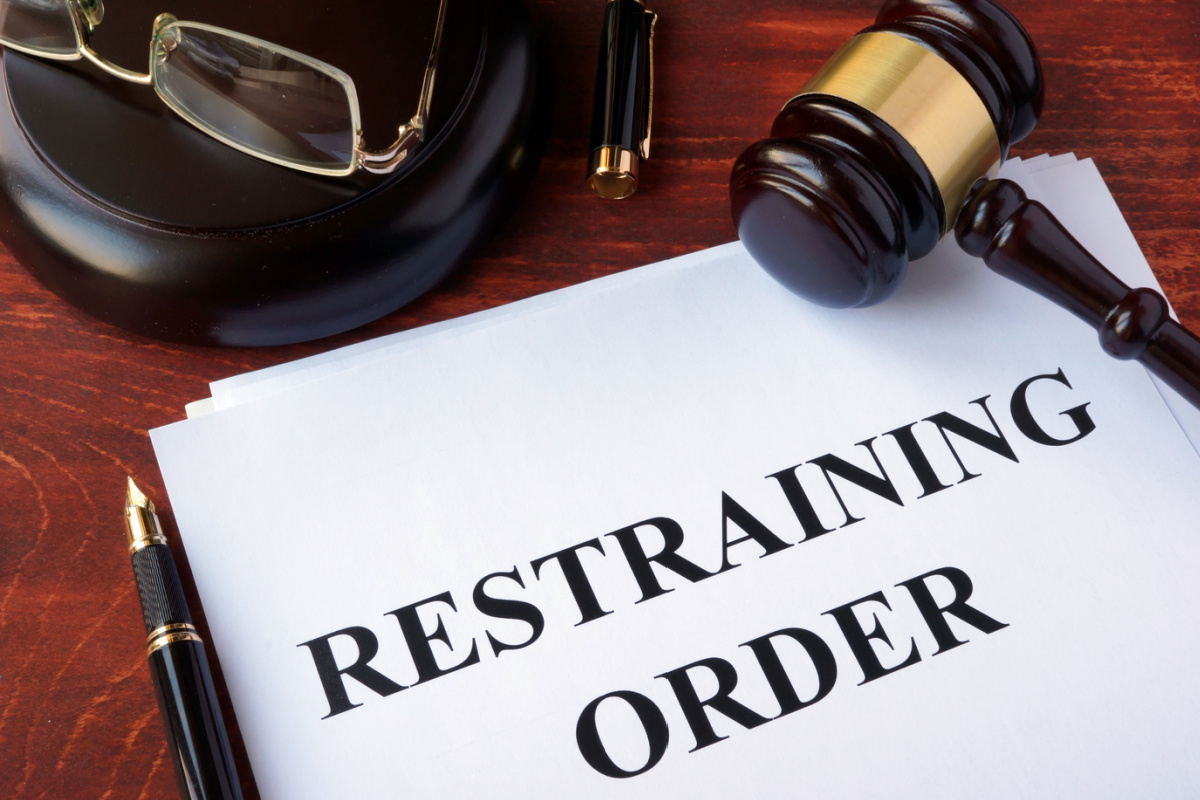Domestic Violence and Divorce in California: How to Get a Restraining Order and Protect Your Rights

In the midst of a divorce, emotions can run high and conflict may escalate, sometimes leading to situations of domestic violence. Domestic violence is a pervasive issue that affects a significant number of individuals and families in California. The National Coalition Against Domestic Violence (NCADV) has released a report on intimate partner violence in California, revealing that a significant percentage of both men and women experience physical violence, sexual violence, and/or stalking from an intimate partner during their lifetimes. Specifically, the report states that 27.3% of California men and 32.9% of California women have been affected. These findings shed light on the prevalence of this issue in our state and emphasize the need for awareness and prevention efforts. To learn more, continue reading.
Domestic violence encompasses a range of abusive behaviors, including physical, emotional, sexual, and financial abuse, as well as harassment, stalking, and threats. In California, domestic violence is not limited to spouses or intimate partners; it can also occur between family members, cohabitants, and individuals in dating relationships. The state has implemented various laws and resources to support victims, such as restraining orders and specialized courts. Understanding the dynamics of domestic violence is the first step in acknowledging its impact and for victims to take action to protect themselves and their loved ones.
California’s Legal Definition of Domestic Violence
In California, domestic violence is defined by the Family Code Section 6203 and Penal Code Section 13700. According to these statutes, domestic violence occurs when abuse is committed against an intimate partner, family member, cohabitant, or someone with whom the abuser shares a child or close relationship. Abuse can include physical harm, attempts to cause physical harm, or behavior that causes fear of imminent physical harm. It also covers sexual assault, stalking, harassment, and destroying personal property.
How Divorce Proceedings Can Be Impacted by Domestic Violence in California
Domestic violence can significantly impact divorce proceedings in California, influencing various aspects of the process. The presence of domestic violence may sway the court’s decisions on child custody, visitation rights, spousal support, and the division of marital assets. California is a no-fault divorce state, but when domestic violence is involved, the court may consider it when determining spousal support and property division. The victim may also request a restraining order, which can add complexity to the case.
The Importance of Documentation
Collecting evidence is crucial when dealing with domestic violence during a divorce, as it can significantly impact the court’s decisions. Documentation helps establish a pattern of abuse and supports your claims, which may influence child custody, visitation, spousal support, and asset division. Important evidence to gather includes medical records, photographs of injuries, police reports, protective orders, and a detailed journal of incidents. Additionally, victims should gather text messages, emails, voicemails, or any other communication that demonstrates abusive behavior.
Temporary Restraining Orders (TROs) in California
In California, Temporary Restraining Orders (TROs) serve as an immediate measure to protect victims of domestic violence. TROs are short-term court orders that prohibit the abuser from contacting, harassing, or coming within a specified distance of the victim and their children. To obtain a TRO, the victim must file a request with the court, detailing the abuse and the need for protection. If granted, the TRO typically lasts 20 to 25 days, until a court hearing determines whether a permanent restraining order is necessary. Obtaining a TRO is a critical first step for victims to protect yourself and your loved ones during a tumultuous divorce process.
How to File for a Restraining Order in San Diego
Navigating the court system to file for a restraining order in San Diego might appear overwhelming, but comprehending the process can alleviate some concerns. To start, individuals should visit the Superior Court’s Family Law Division or their website to obtain the necessary forms. After completing the paperwork with detailed information about the abuse and the required protection, the forms must be submitted to the court clerk, who will then schedule a hearing date. In urgent situations, a judge might grant a Temporary Restraining Order until the hearing. Attending the hearing to present evidence and argue for a permanent restraining order is crucial.
Obtaining a Permanent Restraining Order
Securing a permanent restraining order in California is essential for long-term safety from an abusive partner or family member. After the temporary restraining order phase, a court hearing will determine if a permanent restraining order is necessary. During the hearing, the victim must present evidence and testify about the abuse they’ve experienced. The abuser also has the opportunity to present their case. If the judge believes that the victim is in danger, they may grant a permanent restraining order, which can last up to five years and be extended if needed.
Child Custody and Visitation Concerns in Domestic Violence Cases in California
In California, domestic violence cases can significantly impact child custody and visitation arrangements. Courts prioritize the child’s best interests, and a history of abuse raises concerns about the child’s safety and well-being. Under the California Family Code Section 3044, a presumption exists that awarding custody to an abusive parent is detrimental to the child. The abusive parent must provide evidence to refute this presumption. In some cases, supervised visitation or restrictions on visitation may be ordered to ensure the child’s safety.
Financial Support and Asset Division: How Domestic Violence Affects Your Divorce Settlement in California
Domestic violence can influence financial support and asset division in California divorce settlements. While California is a no-fault divorce state, courts may consider domestic violence when determining spousal support and property division. A victim may be entitled to a larger share of marital assets or increased support if the abuse has had a significant impact on their financial situation or earning capacity. Additionally, if the abusive spouse is convicted of a domestic violence crime, they may be ordered to pay restitution to the victim.
Ensuring Your Ongoing Protection After Divorce in California

Even after a divorce is finalized, concerns about safety might continue for victims of domestic violence. Implementing post-divorce safety measures is crucial to ensure ongoing protection. First, individuals should create a safety plan that includes emergency contacts, a secure place to stay, and a strategy for addressing potential threats. It is essential to keep a copy of the restraining order and share it with relevant parties, such as the children’s school, workplace, and local law enforcement. Consider changing the phone number, address, and daily routine to minimize contact with the abuser. Lastly, seeking support from local organizations, therapists, and support groups can help cope with the emotional challenges that may surface post-divorce.
If you have experienced domestic violence and are facing divorce, our experienced team can help. Contact us or call 949-438-3886 for a free consultation.

